It is springtime again in the Umbrian hills, and the green is intense after heavy winter rains and also some deep frost. All pruning, planting, weeding, and mulching is done, so I venture out beyond my roses, geraniums, jasmine, and other cultivars and put on my hiking shoes to discover what nature offers the curious observer. I head down past the curved driveway and the mailbox, and walk further down the dirt road mostly shaded by oak, maple, and some wild cherry trees. I keep my eyes open for all that grows and crawls below them, just above the road’s drainage ditches. It is early May, so the few stands of my beloved helleborus foetidus along the road, with its light green flowers and their burgundy-colored rims, are past their bloom, but two other unusual flowers and another, more common, but just as lovely flower get my close attention: the exceptional looking aristolochia rotunda, the striking tassel hyacinth (leopoldia comosa), and the delicate melissa officinalis
The larger patches of aristolochia rotunda have a diameter of about a foot and a half and are equally tall. The dark-purple, almost black flowers grow out of the center of the heart-shaped leaves along the stem. When I first encountered this delicate aristolochia rotunda , I was struck by the oddity of the shape of its flower. Not knowing what I was looking at, I thought it had to be a carnivorous plant because of its deep funnel shape from which escape seems difficult; but then, why would a fold in the blossom almost cover its opening, teasingly inviting desirable visitors to enter, but then obstructing their the path that would lead them to the treasured pollen? So I asked for help at MGS. There I learned – Thank you, Alisdair! – that the flower ”does lure little flies and other insects right into an inner chamber of its flower, temporarily trapping them there for pollination, but it lets them go and doesn’t eat them.” (Alisdair Aird, MGS). So the mystery is solved, and I am glad that little insects do make it in and then back out, and in fact, help propagate this delicate and unusual flower.
Farther down the road, on the right, is a small olive grove in a triangular, un-mowed meadow, where sun-loving wild flowers find their home. Here a deep purplish-blue, one-foot tall, seemingly leafless flower stands out: the tassel hyancinth (Leopoldina comosa).. Novice in plant identification that I am, I needed MGS help in identifying also this lovely flower – Thanks again, Alisdair! It reminds me of the grape hyacinth (Muscari) of my northern California garden. However, it also seems quite different. The tassel hyacinth is taller than the grape hyacinth that I am familiar with, and more purplish in color. What makes it also different is that a dozen or so of the uppermost flower buds, at the very top of the long and narrow cluster of buds, open up into an upside-down tassel while the rounded lower buds remain closed until they wilt, and the pollen inside never seems to see the light of day – another one of nature’s mysteries.
Passing patches of wild thyme and strawberries in bloom, I have now reached the junction where the narrow dirt road that leads to my home meets the elegant cypress-lined “strada bianca.” Here the forest opens up to the view of the off-the-beaten-track valley below. I glance at the “Madonnina,” a red-brick shrine of the Madonna, set at the fork where the two roads meet and adorned with permanent flowers placed there by a devout neighbor, then turn around and head back home up the hill.
Now again in the damp shade of the forest canopy, several patches of the pure-white, half-hidden flowers of melissa officinalis peek from underneath its soft, bright green foliage. While there are only few flowers on each stem, they are large and showy. Each blossom grows out of a green, chalice-like sepal. How curious that the blossoms grow in pairs along the stem, hand in hand, it seems, like two best friends! I have searched for photos of similar Melissa plants on the internet, but have found that the flowers of the Melissa are usually arranged in a circle around the stem in clusters of at least three. I may have discovered a pair-flowered subspecies of Melissa officinalis only found on my road!
Back at the house, I sit down on a terrace chair, take off my hiking shoes and contemplate the delight of discovering wild plant life so close to home. On the terrace, I am surrounded by roses and geraniums, time-demanding cultivars to which I give so much attention from April to October. Although they enchant me with their beauty, I am bedazzled by the diversity and humble, undemanding exquisiteness of wild flowers. I promise myself to explore the nearby meadows untouched by human hand before too long.

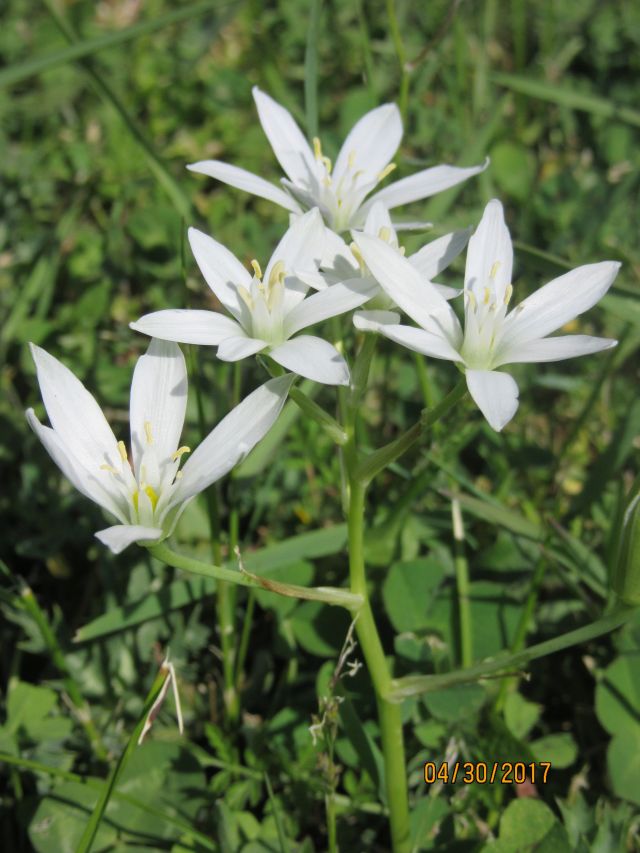
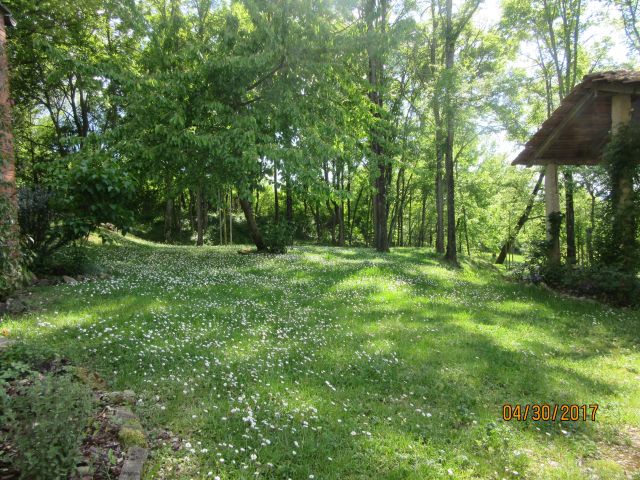

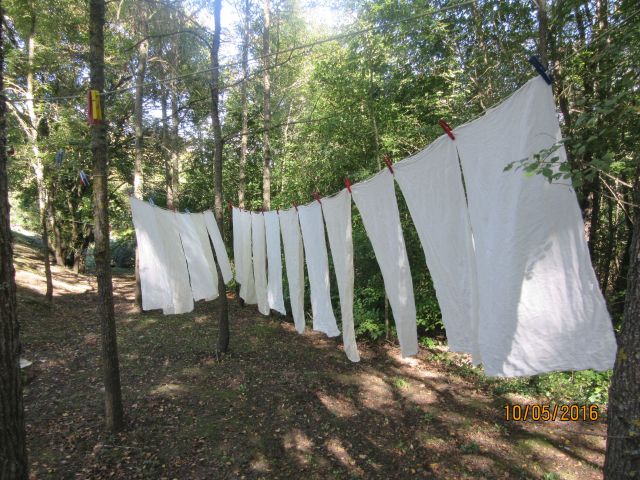



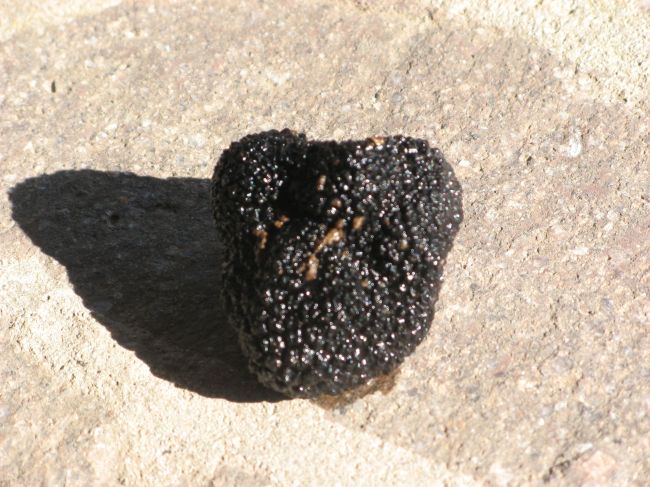
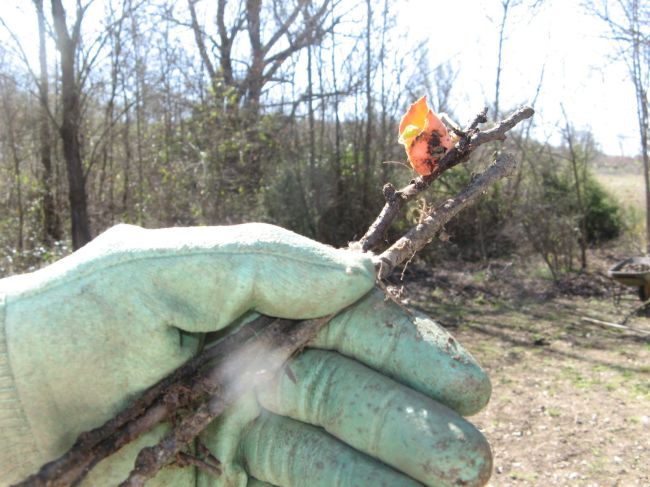
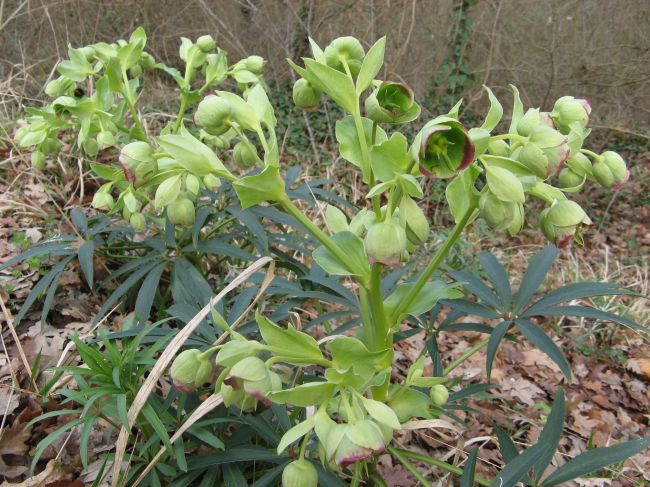
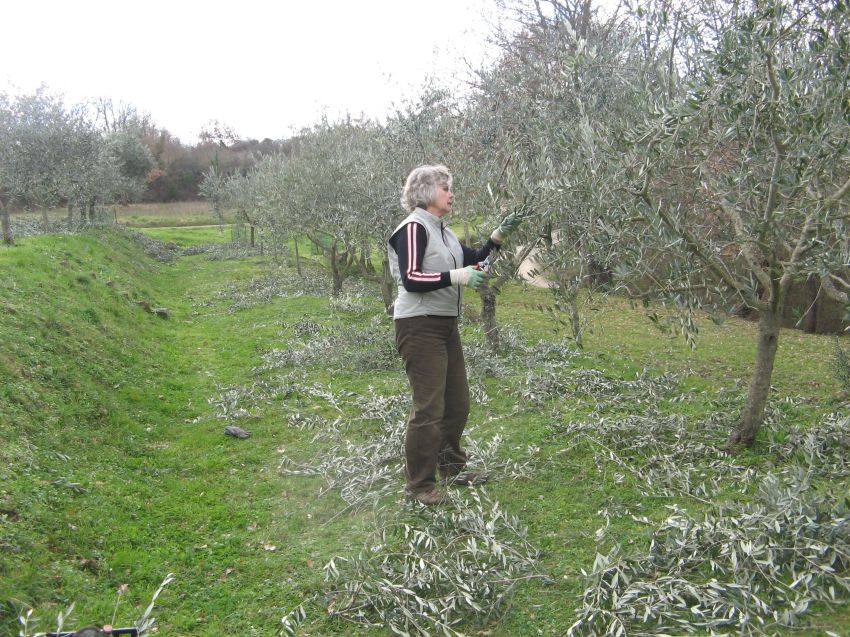
You must be logged in to post a comment.